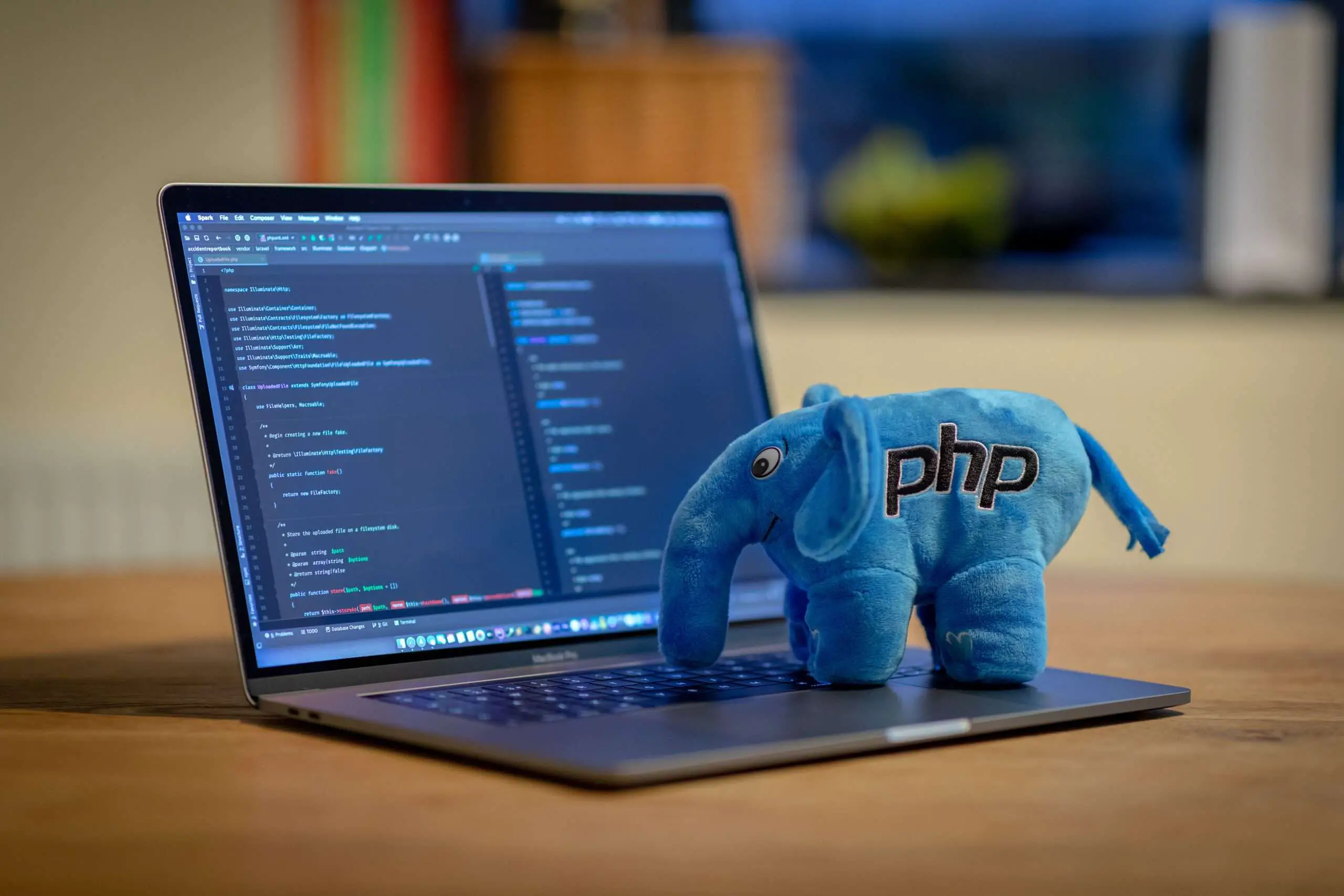
UnoCSS is reshaping the way we think about and use CSS in web development. With its unique approach to generating styles only when they’re needed, it promises a more efficient and customizable experience for developers. This article will explore the key features of UnoCSS, how to tailor it to your project’s needs, and tips for optimizing performance and workflow. Let’s delve into what makes UnoCSS a game-changer in the world of web development.
Understanding UnoCSS Basics
What is UnoCSS and Its Fundamental Features?
UnoCSS presents itself as an innovative and highly customizable atomic CSS engine, designed to elevate the efficiency and flexibility of handling CSS in web development projects. Unlike traditional CSS methods, UnoCSS streamlines the creation of utility classes on demand, providing developers with a dynamic tool for building user interfaces without the bloat of unused styles. Here, we explore the core features that make UnoCSS stand out.
On-Demand Generation
At the heart of UnoCSS’s operation is its ability to generate atomic CSS rules "on-the-fly." This means it only produces and injects CSS classes into your project when they are explicitly used, significantly reducing file sizes and optimizing load times. This approach contrasts with traditional CSS frameworks that include a vast array of predefined classes, many of which often go unused.
High Customizability
UnoCSS boasts a highly customizable framework, empowering developers to tailor their setup according to project-specific needs. Through its configuration, you can define custom presets, themes, and rules, ensuring that the generated utility classes align perfectly with your design system. This feature underscores UnoCSS’s flexibility, making it a versatile tool suitable for a broad spectrum of web projects.
Performance-oriented
Performance is a critical aspect of modern web development, and UnoCSS addresses this by ensuring its engine operates with minimal overhead. The design of UnoCSS is laser-focused on generating styles at breakneck speeds, fostering enhanced user experiences through faster website loading times. Efficiency and performance lie at UnoCSS’s core, distinguishing it in the realm of CSS frameworks.
Extensive Plugin Ecosystem
UnoCSS’s functionality extends through its rich plugin ecosystem. These plugins allow developers to introduce additional features, presets, and customizations beyond UnoCSS’s core offering. Whether it’s integrating with design tokens, implementing container queries, or adding new utility classes, the plugin system fosters an environment of endless possibilities for enhancing web development workflows.
In sum, UnoCSS redefines the approach to utility-first CSS, anchored on its principles of on-demand generation, customizability, performance optimization, and extensible plugin architecture. Its design caters not only to the needs of modern web projects but also positions itself as a forward-thinking solution in the ever-evolving landscape of CSS frameworks.

Configuring UnoCSS for Your Project
Configuring UnoCSS for Your Project’s Unique Requirements
UnoCSS, known for its on-demand generation of styles, can be effortlessly molded to meet the specific demands of any project. Here is a structured guide on further customizing UnoCSS, enhancing its alignment with your project’s unique needs without compromising performance.
Tailoring Theme Variables
To commence, adjusting theme variables in UnoCSS is pivotal. This approach ensures your design elements resonate with your project’s aesthetic. Begin by defining a theme configuration within the UnoCSS setup options. This method allows you to prescribe colors, fonts, and breakpoints that match your project’s design system precisely. In this, leveraging the theme option in your Uno configuration file enables you to apply these bespoke styles throughout your project efficiently.
Custom Utilities
Creating custom utilities is an extension of UnoCSS’s adaptability. Should your project require specific design styles not readily available in UnoCSS’s base utilities, forging new ones becomes essential. Implement custom utilities by adding them to the rules property in your UnoCSS configuration. This step involves declaring a new rule with a regular expression to match your utility’s name and a function that returns the CSS for it. Tailoring utilities bridges the gap between UnoCSS’s out-of-the-box offerings and the unique flair your project seeks.
Shortcuts Configuration
Shortcuts are powerful tools within UnoCSS, allowing for the groupings of frequently used styles under a single, memorable alias. To utilize shortcuts efficiently, consider identifying patterns or commonly grouped properties within your project. Once identified, configure these shortcuts in the UnoCSS setup file by mapping them to their corresponding CSS declarations. This optimization not only speeds up development time but also encourages consistency across your project.
Variant Customization
UnoCSS’s flexibility shines through its support for variants, enabling styles to change based on state, media queries, or other conditions. Tailoring these variants involves defining custom conditions under which certain utilities should alter. By expanding on the default variants provided by UnoCSS—like hover or dark—you to introduce project-specific variants. For instance, adding a custom variant for a specific interaction or design requirement could be achieved by including this logic within the variants configuration of your UnoCSS setup. This customization ensures that your project benefits from the dynamic capabilities of UnoCSS, tailored specifically to fit its interaction design necessities.
Leveraging Plugins Wisely
While UnoCSS boasts an extensive plugin ecosystem, selecting and configuring plugins requires careful consideration. Choose plugins that complement your project’s requirements without overloading it with unnecessary features, impacting performance. After selecting suitable plugins, integrating them into your UnoCSS configuration is straightforward. Ensure to configure their options to maximize their utility specifically for your project, thus harmonizing with your tailored UnoCSS setup.
In conclusion, customizing UnoCSS fittingly involves a series of defined steps: fine-tuning theme variables, devising custom utilities, configuring shortcuts efficiently, tailoring variants for specific conditions, and judiciously selecting plugins. By following this structured approach, UnoCSS can be transformed to cater precisely to your project’s needs, ensuring your styles are both high-performing and unequivocally aligned with your design objectives. Remember, the power of UnoCSS lies in its ability to adapt – leverage this quality to your project’s advantage.

Optimizing Performance with UnoCSS
Optimizing Developer Workflow with UnoCSS
In addition to the foundational principles like On-Demand Generation and High Customizability, there are further strategies to enhance both performance and the developer experience when working with UnoCSS.
Integrating with Development Tools
Integrating UnoCSS with preferred development tools aligns closely with efficiency. Set up UnoCSS to work seamlessly with tools like VSCode, WebStorm, or any IDEs that developers use daily. This integration can include real-time feedback on class utilities, ensuring code quality and speed.
Efficient Debugging Techniques
Embrace efficient debugging strategies for UnoCSS. Developers can leverage browser dev tools to inspect generated CSS, understanding how UnoCSS outputs CSS for a specific utility class. This practice makes identifying and resolving styling issues much faster, directly impacting development speed.
Utilizing IntelliSense
For a smooth coding experience, utilizing IntelliSense with UnoCSS can be a game-changer. By setting up autocomplete for UnoCSS’s utility classes within your IDE, developers can write more accurate code faster. It reduces the need for looking up utility names, increasing coding efficiency significantly.
Managing Large Projects
In the context of large projects, managing UnoCSS configurations becomes crucial. Organize the UnoCSS configuration file by splitting it into smaller, manageable modules. This organization aids in maintaining a clean codebase and facilitates easier updates or changes to the styling framework.
Continuously Monitor Performance
Continuously monitoring performance remains vital in keeping UnoCSS optimized. Developers should regularly review the size of the generated CSS, ensuring it stays minimal. Employing tools that analyze CSS file sizes helps in identifying unused styles that can be pruned.
By implementing these strategies, developers can vastly improve not only the performance of UnoCSS in their projects but also their own efficiency and experience. Each practice contributes to a smoother, quicker development process, allowing for the creation of visually appealing and high-performing web applications with less effort and time.

Through exploring UnoCSS from its core principles to practical optimization strategies, it’s clear that this tool offers a powerful solution for modern web development challenges. By embracing its on-demand generation, customization options, and integration capabilities, developers can significantly enhance both their workflow efficiency and project performance. As we continue to push the boundaries of what’s possible in web design and development, tools like UnoCSS play a pivotal role in enabling creativity while maintaining high standards of efficiency and performance.
Writio: Your AI content writer bringing creativity to life! Article written by Writio.




